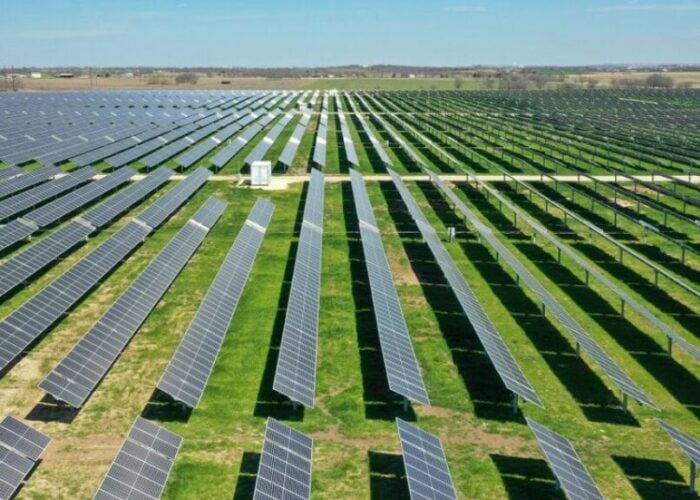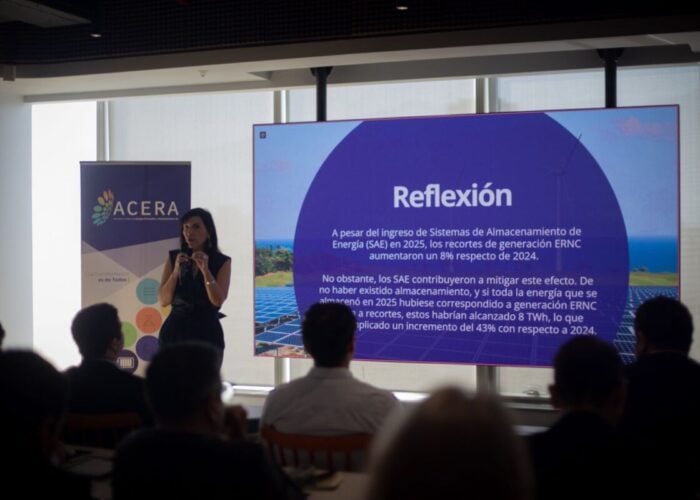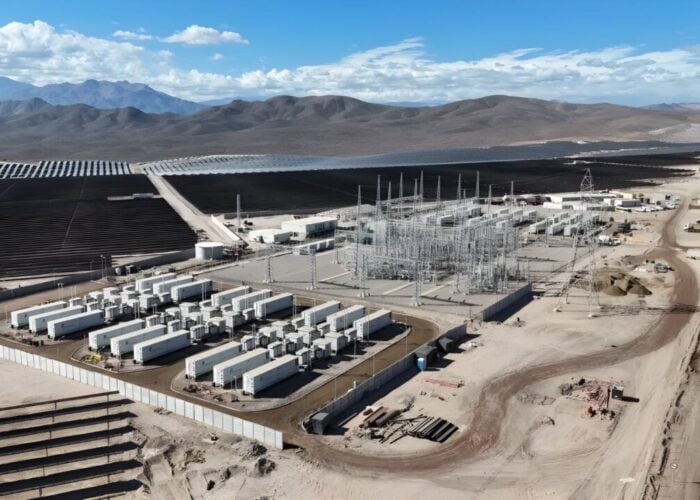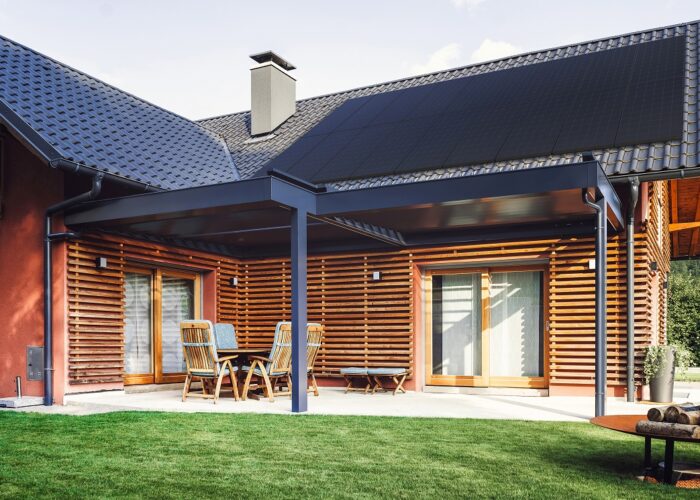Market research firm, IHS iSuppli has undertaken its first product teardown and analysis within the PV industry. An Aurora PVI-4.2-OUTD-S-US Inverter from Power-One was used in the teardown, which IHS iSuppli said provided a path-setting benchmark for cost reduction within a sector of the industry expected to undergo rapid price erosion, in line with other industry sectors such as polysilicon, wafers, cells and modules.
“Inverters like the PVI-4.2-OUTD-S-US have a major opportunity for cost reduction, as prices decline for copper and aluminum,” noted Kevin Keller, senior principal analyst, teardown analysis, for IHS. “These commodity metals are responsible for the bulk of the 38 pounds of weight of the PVI-4.2-OUTD-S-US. Prices already have come down from highs earlier this year and could decline more in the future.”
Try Premium for just $1
- Full premium access for the first month at only $1
- Converts to an annual rate after 30 days unless cancelled
- Cancel anytime during the trial period
Premium Benefits
- Expert industry analysis and interviews
- Digital access to PV Tech Power journal
- Exclusive event discounts
Or get the full Premium subscription right away
Or continue reading this article for free
According to the market research firm, the most expensive component category in the PV inverter teardown was the mechanical segment, which accounted for 33.1% of the inverter’s total BOM, due to their higher use of commodity metals.
It was noted that PV inverters could reduce enclosure costs by employing lower-cost sources for heat sinks. In the case of the Aurora in the teardown, it included a machined heat sink made from extruded aluminum with an estimated cost of US$39.13, representing about 6% of the total BOM, while the enclosure of the product is made of stamped/formed aluminium, which was said to be priced at US$42.26, or 6.6% of the BOM.
The potential for cost reductions were also seen in regards to passive components. Passives represented the second highest component group expense at 29.6% of the total BOM.
“Passive costs in inverters could be reduced as manufacturers make greater use of lower-cost sources for devices like inductors,” Keller observed.
The inductors account for a significant portion of this passive expense as the the PVI-4.2-OUTD-S-US integrated two pieces of wound copper foil, double-cut C core inductors from Endela Electronics that was priced at US$72.10, or 11.2% of the overall BOM.
“Companies in the solar inverter business will have to engage in aggressive price reductions to remain competitive,” said Greg Sheppard, senior director of PV research at IHS. “With prices to decline by an average of 10 percent annually for the next several years, continued reductions in inverter BOMs will be needed to keep costs in line with pricing.”
The Aurora PVI-4.2-OUTD-S-US is intended for outdoor use and features the highest-rated maximum AC output power of 4,200 watts. According to the market research firm, surveys indicate that typical dealer prices for the Aurora PVI-4.2-OUTD-S-US range from approximately US$2,100 to US$2,600.
According to the teardown analysis the Power-One PV inverter carries a BOM of US$641.47 and when the estimated US$47.87 manufacturing and test costs are added in, the total expense to produce the inverter was said to be US$689.35.






